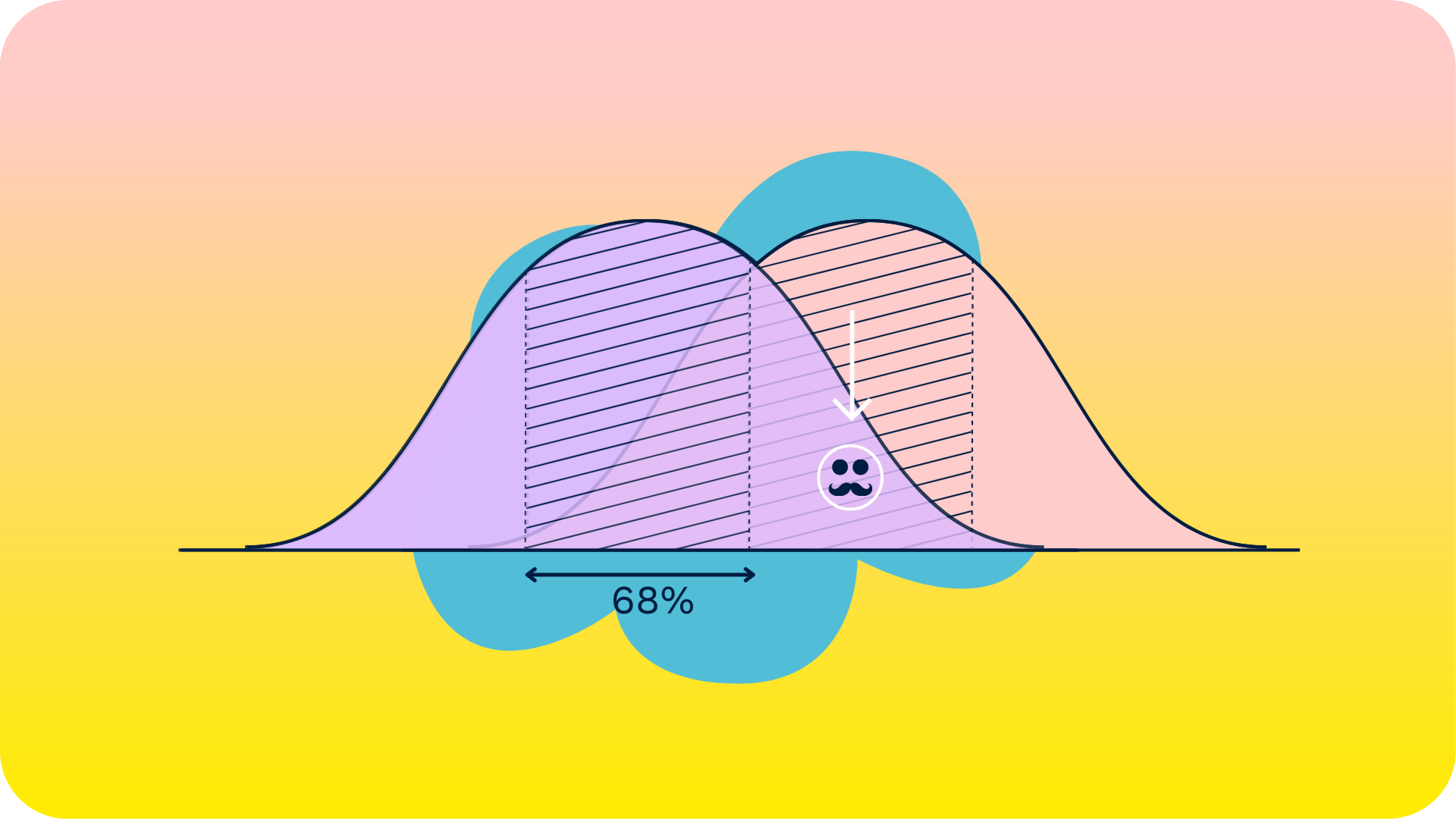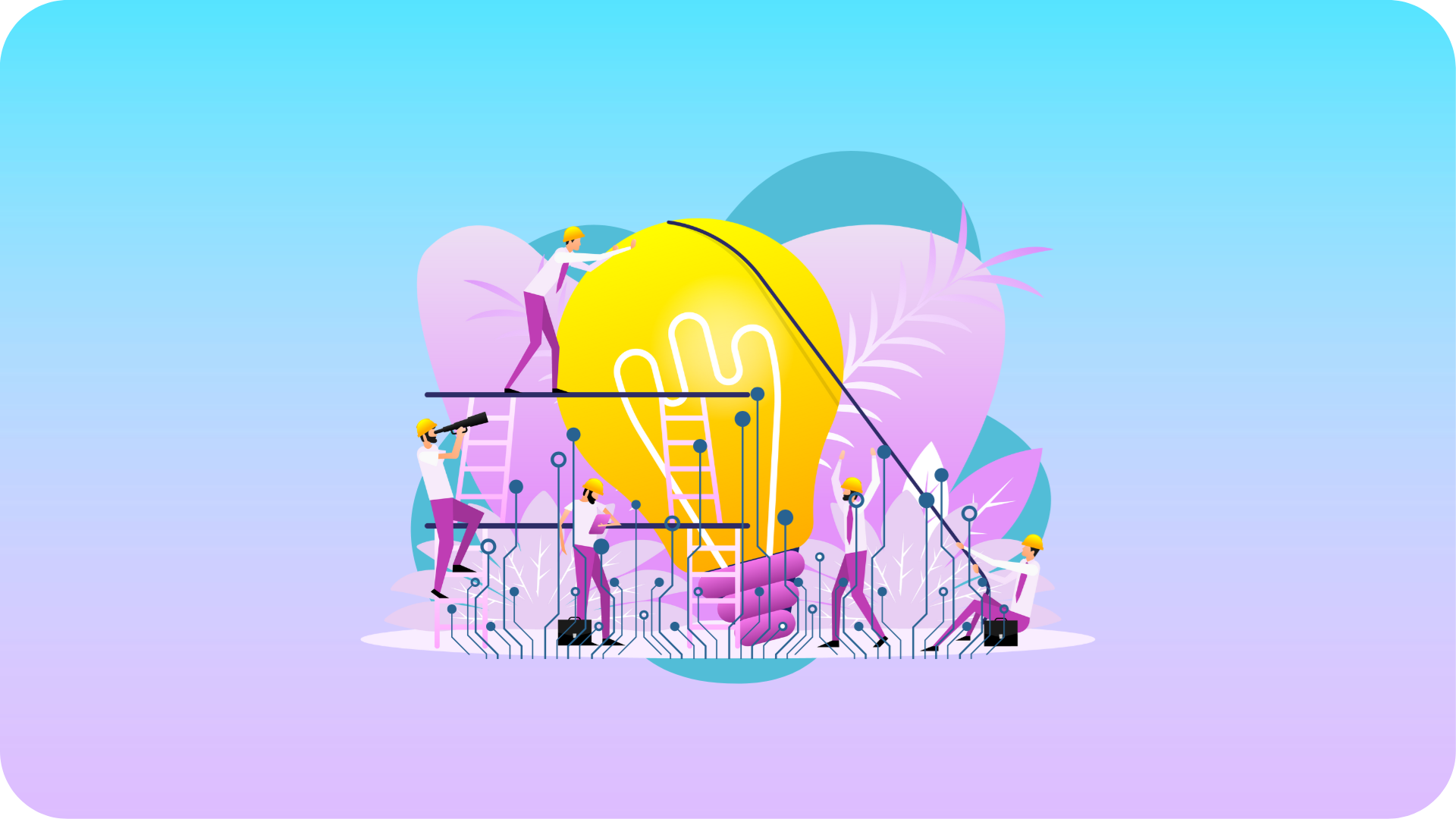Change behavior: see before you act
When I was in junior high one of my teachers taught me to ‘never say what you don’t want to do’, because subconsciously you can not deal with that. Apparently it will plant a seed in your head leading you to do exactly what you didn’t want to do. In Dutch (and I don’t know if it translates well into English) we use the metaphor of ‘pink elephants’ to illustrate this. When you say to someone: don’t think of a pink elephant, a pink elephant will immediately jump into your mind. Weird right? This doesn’t necessarily have to be a bad thing: you need awareness to change behavior.
Do pink elephants really jog your memory?
I don’t know about you, but I’ve never seen a pink elephant in my life. I don’t even know what it would look like. How can it jump into my mind when someone tells me to not think about it? So the use of the metaphor has always been a little awkward to me, but I got the point.
Fast forward a couple of decades and I find myself hosting a session recently. At the start of any session I agree upon a few ‘rules of engagement’ with the participants to make sure we will truly be collaborating. The rules are: listen attentively, speak with intention and no judgment. These rules are adapted from the first 3 stages of Otto Scharmer’s Theory U that will eventually set you up for a change in behavior. Or so I believe. As you can see, one of these rules states: ‘no judgment’. One participant recently confronted me with this and told me the metaphor of the pink elephant again.
Red cars as a filter to see the world
I was shocked by his observation. This was a classical catch-22: if I didn’t say anything about making judgments, sessions would be less collaborative, but if I said ‘no judgments’ people would by subconsciously making even more judgments! Did my set-up always have an undesired effect and would collaboration never occur as a result?
No, it doesn’t. In fact I do want them to think about it. Only if you become aware of something and you see it, you can start to adjust your core beliefs about them, think differently the next time you interact, so that your behavior will really change and become more collaborative (we’ve adapted Keith Yamashita’s 4-step model of see-believe-think-act in our work at Minkowski).
It’s just like buying a new red car. You might have hardly seen any red car driving around. But as soon as you’ve bought one, you see them everywhere. And that is exactly the effect I want to achieve by saying ‘no judgment’.
Written by Jörgen van der Sloot
Founder & Head of Futures at Minkowski







